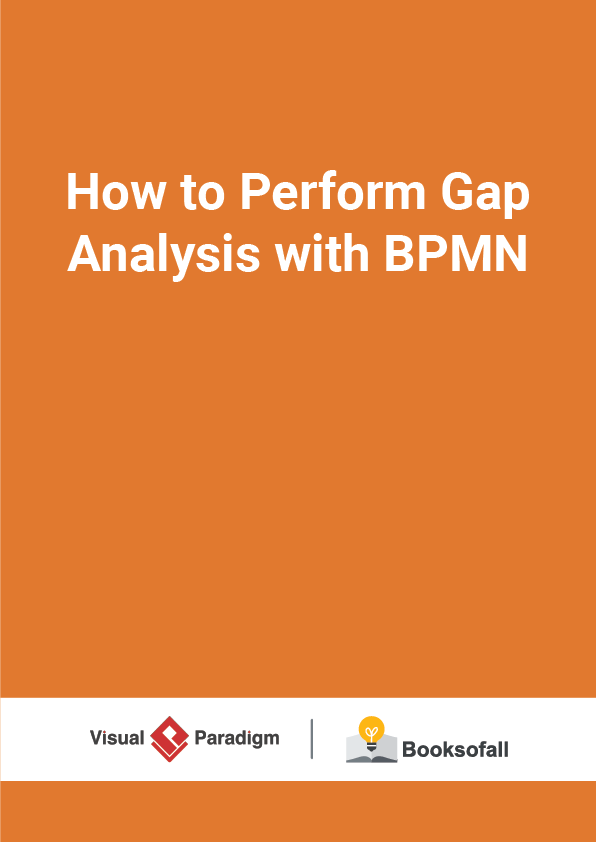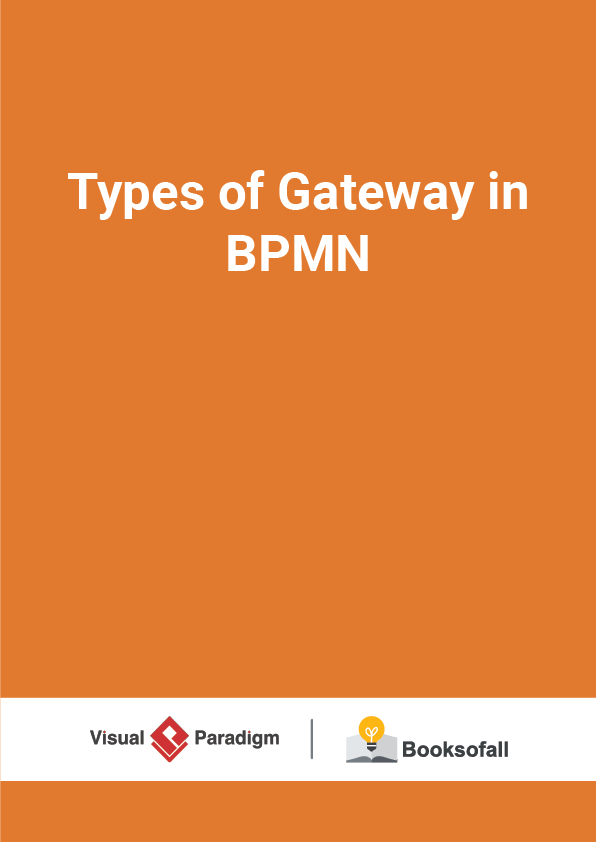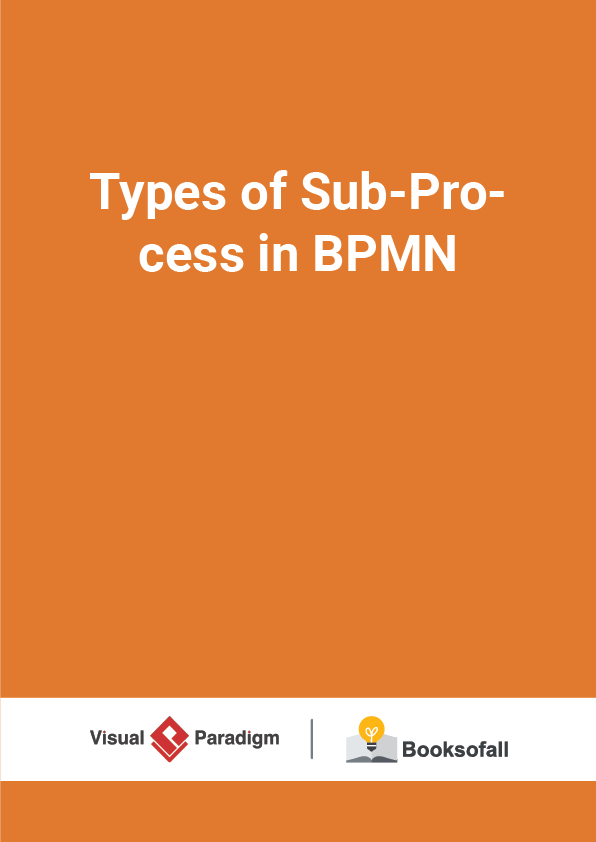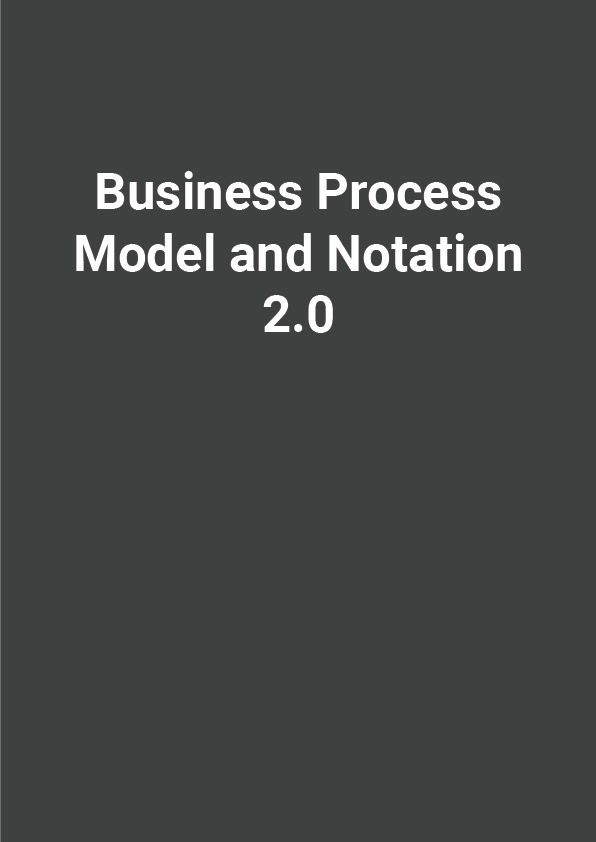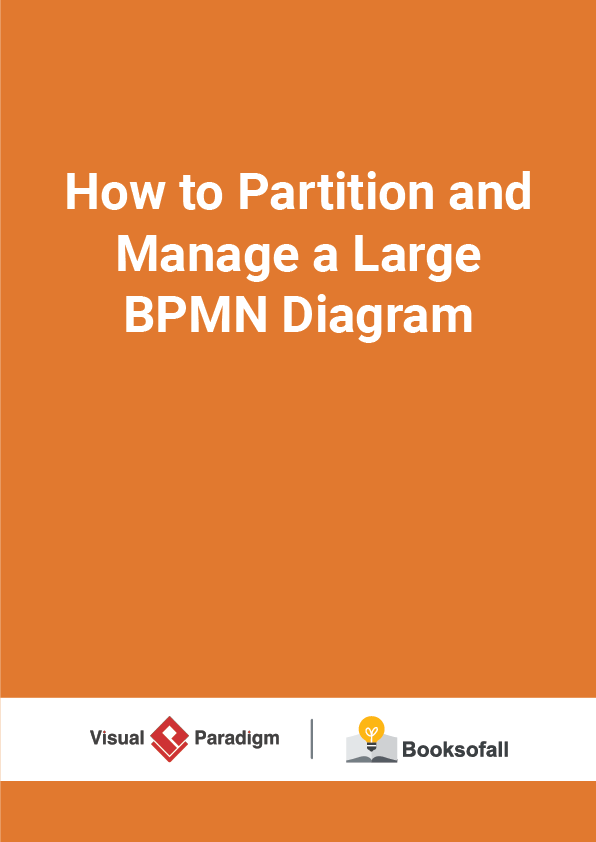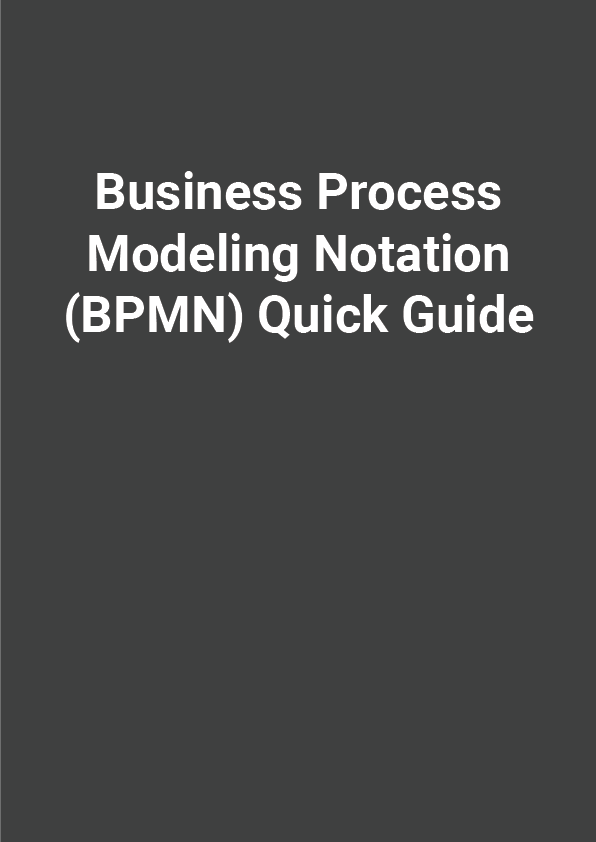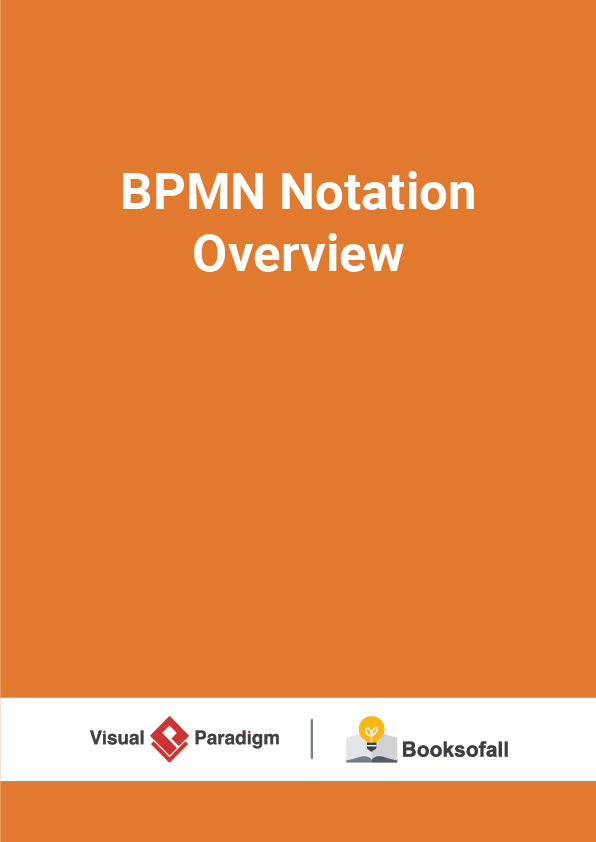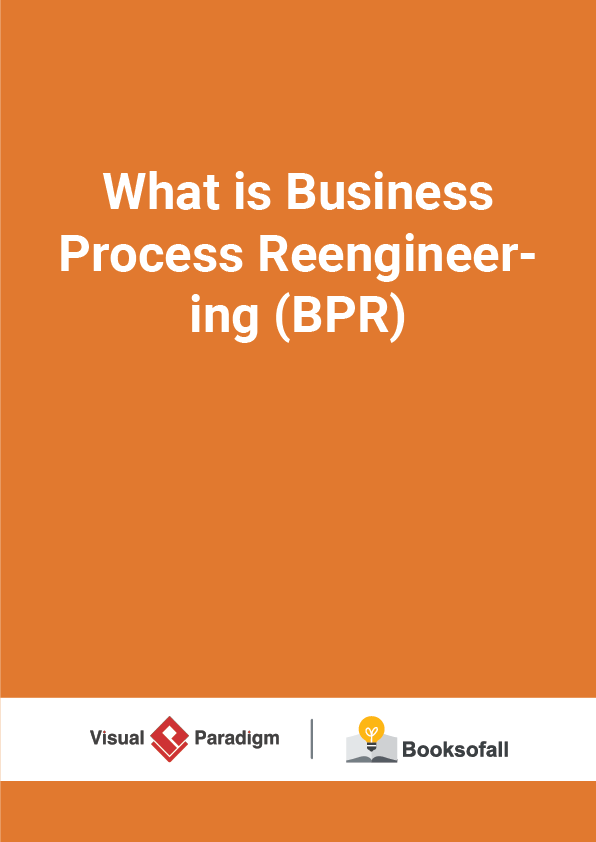How to Perform Gap Analysis with BPMN?
4-5 minutes
Gap analysis involves the comparison of actual performance with potential performance. For example, a company does not make the best use of current resources, it may perform below an idealized potential. In other words, gap analysis is the process people use to examine their current state (or as-is process) with their desired state (to-be process) of a company.
One effective technique for transforming vision into results is to develop and populate an As-Is and To-Be BPMN diagrams. The As-Is diagram describes the present state of the organization’s process, culture, and capabilities. The To-Be diagram describes the future state; in other words, how the organization’s process, culture, and capabilities will appear in the future. This studying of the As-is and To-be process results in identifying the difference between the current and target business state, known as the gap, which is an important part of any business process reengineering/improvement initiative.
What is As-Is / To-Be Process?
The as-is state of a process is the “now” state. It’s how the process operates before you make any changes or improvements. The to-be process , on the other hand, is the future state.
The “as-is” allows you to get an accurate view of how the process currently works. Once you already know how the process is, you can analyze it and propose certain improvements. BPMN is the most widely used notation for documenting the GAP analysis.
Gap refers to the space between “where we are” (the present state) and “where we want to be” (the target state). A company can recognize its current state—by measuring time, money, and labor—and compare it to its target state. By defining and analyzing these gaps, the management team can create an action plan to move the organization forward and fill in the performance gaps.
What is Business Process Diagram?
Business Process Modelling Notation (BPMN) is a methodology for business process modeling. It supports the specification of business processes in a graphical notation (Business Process Diagram) based on the concept of activity diagrams from the Unified Modelling Language (UML). BPMN provides businesses with the capability of understanding their internal business procedures in a graphical notation and will give organizations the ability to communicate these procedures in a standard manner. This will ensure that all business stakeholders, IT Professional and other participants in their business communicate effectively and will enable organizations to deal with changes clearer, quicker and better.
BPMN Gap Analysis Example – Online Shop
The example that we are going to demonstrate is about an online shop that sells goods. The process begins with the sales representative receives a purchase order from a customer and proceeds to check the stock level. If there is enough stock on hand to meet with the order, the sales representative will pack them. The process ends with shipping them along with an invoice. In case of insufficient stock, the sales representative will suggest the customer to amend the purchase order.
